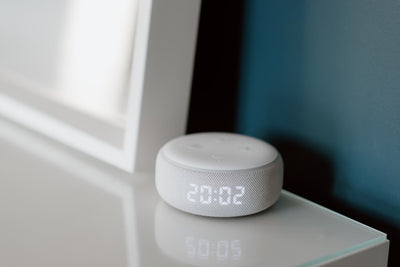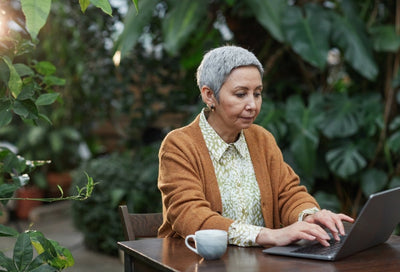How Two-Way Radios Make Caring for the Elderly Easier
The elderly population is one of the most vulnerable groups when it comes to communication. They are often isolated from family and friends, and their ability to communicate effectively can be hampered by physical and mental limitations.
Two-way radios can be a valuable tool for caregivers of the elderly. They can help facilitate communication between the caregiver and the elderly person, and can also be used to call for help in an emergency situation.
Some of the benefits of using two-way radios while caring for the elderly include:
1. Improve Communication
Two-way radios can help improve communication between caregivers and elderly patients. They can be used to communicate instructions or information to the patient, or to ask questions. This can help reduce confusion and frustration, and make it easier for the patient to understand what is happening.
2. Keep Patients Safe
Two-way radios can also be used to call for help in an emergency situation. If a patient falls or has a medical emergency, the caregiver can use the radio to call for assistance. This can help get help to the patient quicker, and can potentially save their life.
3. Reduce the Risk of Falls
Falls are a common problem for elderly patients, and can often lead to serious injuries. Two-way radios can help reduce the risk of falls by allowing caregivers to keep a close eye on their patients. If a patient starts to fall, the caregiver can use the radio to call for help.
4. Addressing Health Emergencies Quicker
If an elderly patient has a health emergency, two-way radios can help get help to them quicker. The caregiver can use the radio to call for an ambulance and provide information about the patient’s condition. This can help medical professionals provide the best possible care.
5. Patients Feel More Secure
Elderly patients can often feel isolated and alone. Two-way radios can help reduce these feelings by allowing the caregiver to stay in constant communication with the patient. The patient will feel more secure knowing that help is always just a radio call away.
How to Keep Two-Way Radios in Good Condition
In order to make sure your two-way radios remain in good working condition, there are a few things you should do:
1. Inspect the Batteries
The batteries are the most important part of your two-way radios. If the batteries are not working properly, your radios will not work. It is important to inspect your batteries regularly and replace them when they show signs of wear.
2. Clean the Radios
Two-way radios can get dirty, especially if they are used outdoors. It is important to clean your radios regularly to remove any dirt or debris that could cause them to malfunction.
3. Store the Radios Properly
When you are not using your two-way radios, it is important to store them safely. Ensure the radios are stored in a dry, cool location, and keep them away from any heat sources.
4. Follow the Manufacturer’s Instructions
When you first get your two-way radios, it is important to read the manufacturer’s instructions. These instructions will tell you how to properly use and care for your radios.
5. Have the Radios Serviced Regularly
Even if you take good care of your two-way radios, they will eventually need to be serviced. Most manufacturers recommend that radios be serviced every few years. This will ensure that they remain in good working condition.
Conclusion
There are many benefits of using two-way radios while caring for the elderly. Two-way radios can help caregivers stay in constant communication with each other, which is vital when caring for elderly patients. Two-way radios can also help caregivers keep track of their patients’ whereabouts and activities. Additionally, two-way radios can help caregivers respond quickly to any changes in their patient's condition.
If you're looking for the best fall mat for the elderly or establishing a two-way communication system to improve safety, HearGlow can help! Browse through our website for more information today!
Related Articles
Read more Home & Lifestyle for Seniors articles.
Read more Technology for Seniors articles.








